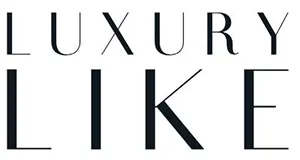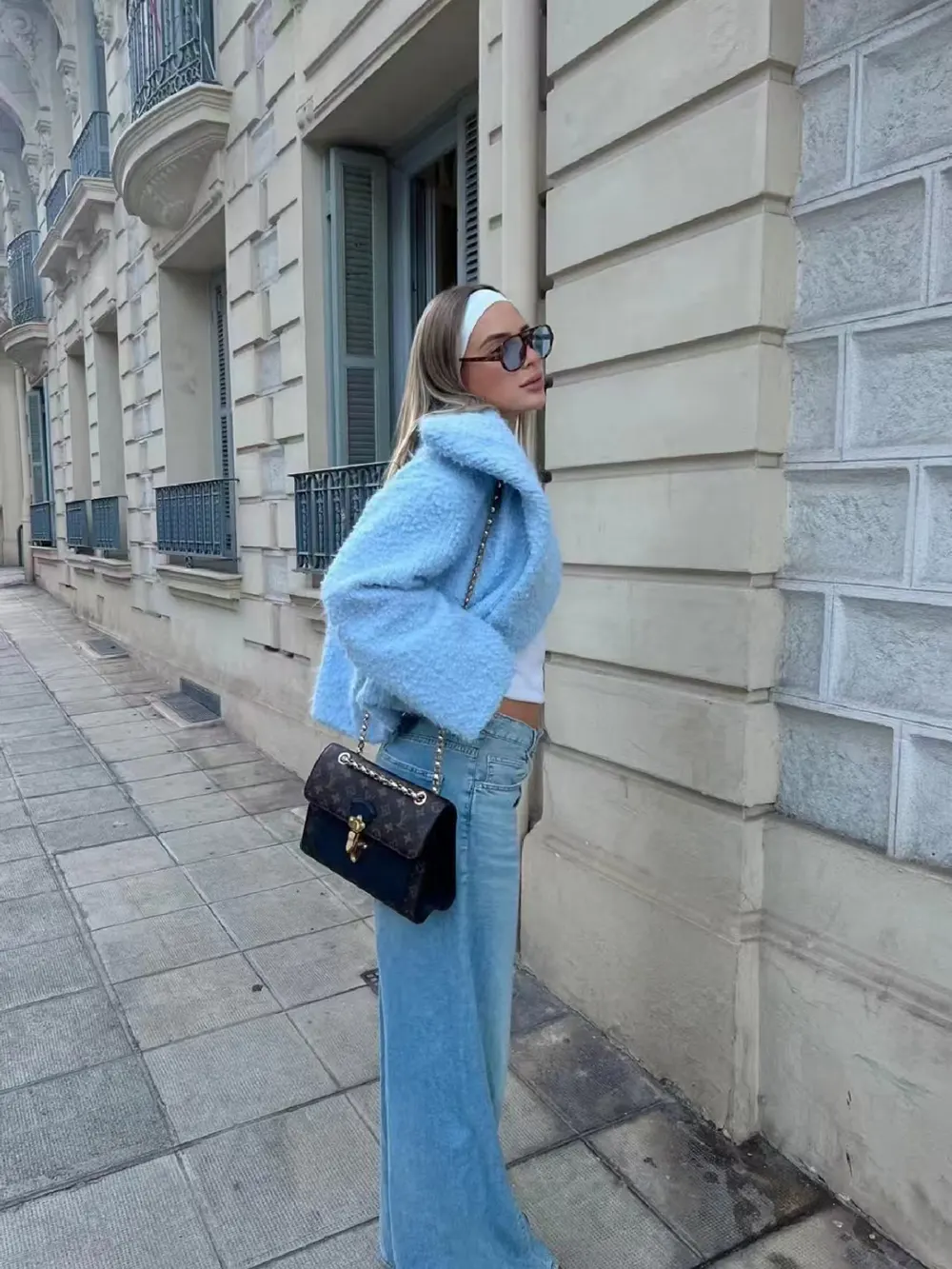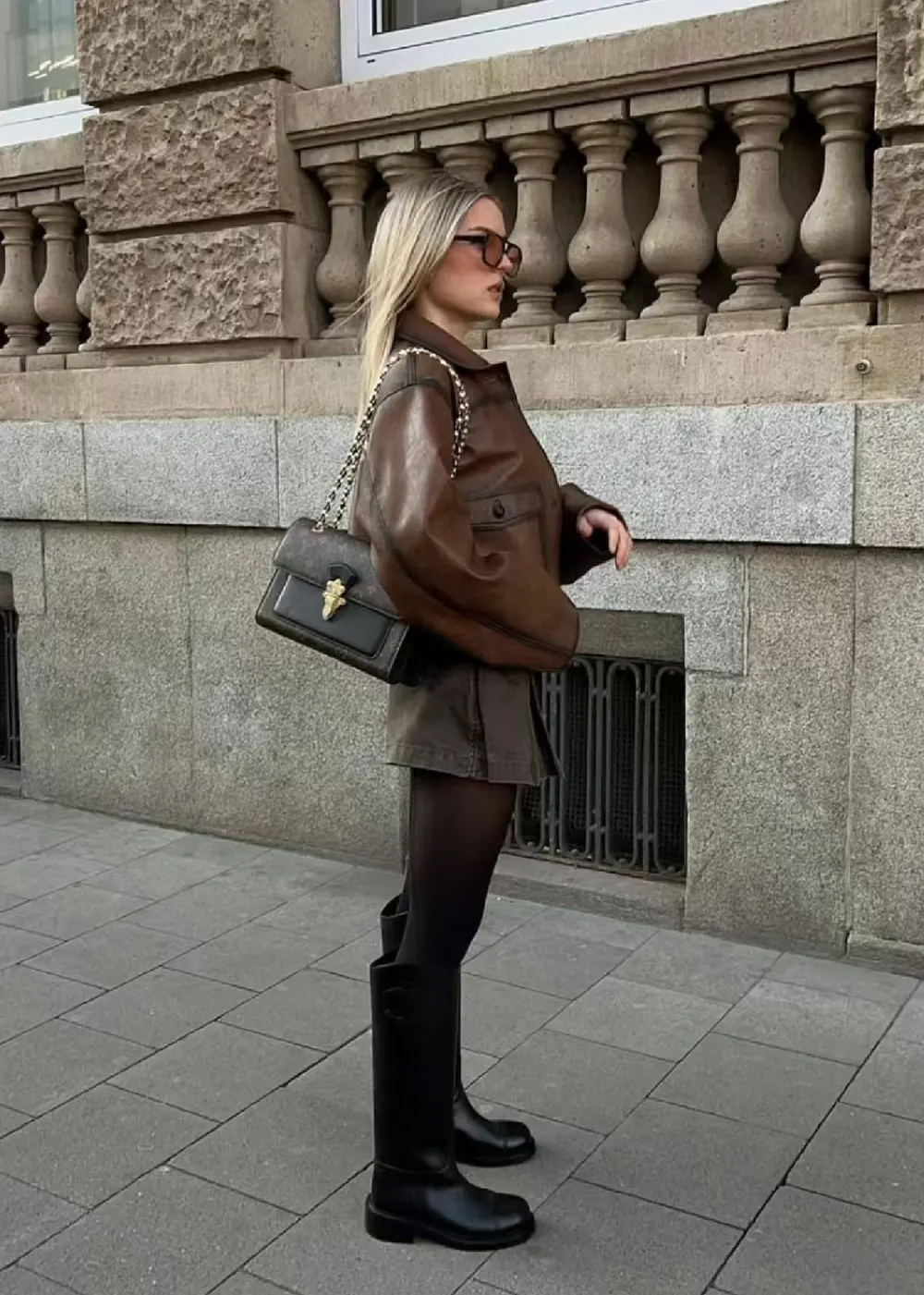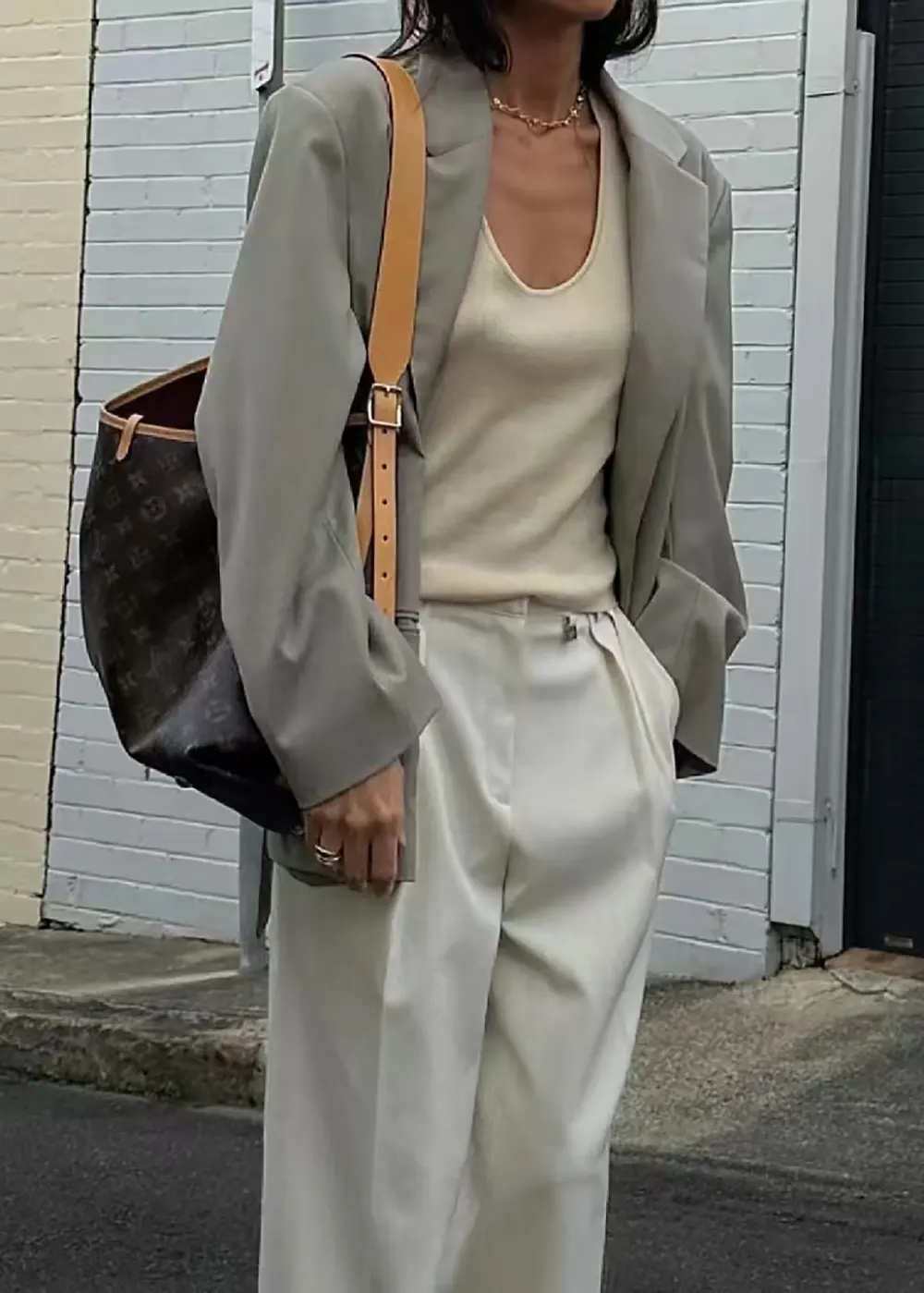Louis Vuitton: Timeless Elegance Meets Modern Luxury
Table of Contents
-
-
1. Introduction: The Legacy of Louis Vuitton
-
2. Design Philosophy: Blending Tradition with Innovation
-
3. Signature Styles: From Monogram to Contemporary Creations
-
4. Target Audience: Evolving with the Times
-
5. Global Impact: LV’s Influence on Fashion Culture
-
6. Challenges and Adaptations in the Modern Era
-
7. Conclusion: The Enduring Allure of Louis Vuitton
-
1. Introduction: The Legacy of Louis Vuitton
Louis Vuitton stands as a beacon of luxury in the fashion world. Since its inception in 1854, this iconic brand has continuously redefined elegance and style. Today, we delve into the essence of Louis Vuitton, exploring its design philosophy, target audience, and enduring influence on global fashion.
2. Design Philosophy: Blending Tradition with Innovation
At the heart of Louis Vuitton’s success lies its unique design philosophy. The brand masterfully balances its rich heritage with cutting-edge innovation. LV’s designers draw inspiration from the brand’s trunk-making roots while incorporating modern aesthetics and functionality. This approach results in products that feel both timeless and contemporary, appealing to a wide range of fashion enthusiasts.
3. Signature Styles: From Monogram to Contemporary Creations
Louis Vuitton’s design style is instantly recognizable yet constantly evolving. The iconic Monogram canvas, introduced in 1896, remains a cornerstone of the brand’s identity. However, LV doesn’t rest on its laurels. The brand continually introduces new patterns, materials, and silhouettes. From the sleek Damier print to the colorful collaborations with contemporary artists, Louis Vuitton keeps pushing the boundaries of luxury design.
4. Target Audience: Evolving with the Times
Louis Vuitton’s target audience has transformed significantly over the years. Initially catering to elite travelers, the brand now appeals to a broader, more diverse clientele. Today’s LV customer ranges from established luxury connoisseurs to young, fashion-forward individuals. The brand achieves this broad appeal by offering a wide range of products, from high-end leather goods to more accessible accessories and ready-to-wear collections. Moreover, LV’s marketing strategies increasingly target millennials and Gen Z consumers, recognizing their growing influence in the luxury market.
5. Global Impact: LV’s Influence on Fashion Culture
Louis Vuitton’s influence extends far beyond its products. The brand has become a cultural phenomenon, shaping trends and influencing fashion globally. LV’s runway shows are major events in the fashion calendar, often setting the tone for upcoming seasons. Furthermore, the brand’s collaborations with artists and designers, such as Yayoi Kusama and Virgil Abloh, have blurred the lines between fashion and art, cementing LV’s status as a trendsetter in the luxury world.
6. Challenges and Adaptations in the Modern Era
Despite its storied success, Louis Vuitton faces challenges in the ever-changing luxury landscape. The rise of digital platforms and changing consumer preferences have prompted the brand to adapt. LV has embraced e-commerce and social media marketing, engaging with customers in new and innovative ways. Additionally, the brand has taken steps to address sustainability concerns, recognizing the growing importance of ethical practices in the luxury sector.
7. Conclusion: The Enduring Allure of Louis Vuitton
Louis Vuitton’s journey from a Parisian trunk maker to a global fashion powerhouse is a testament to its adaptability and enduring appeal. The brand’s ability to maintain its core identity while evolving with the times ensures its continued relevance in the luxury market. As Louis Vuitton moves forward, it carries with it a rich history, an unwavering commitment to quality, and a vision for the future of luxury fashion. This unique combination promises to keep Louis Vuitton at the forefront of the fashion world for years to come.








